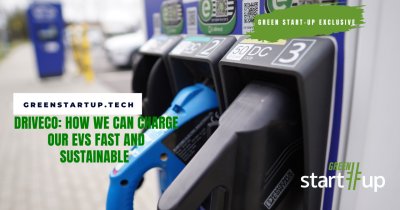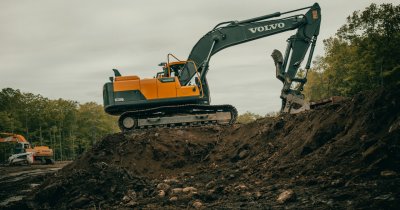According to ESG Today, Calgary-based Carbon Upcycling, a 2014-founded company, develops decarbonization solutions aimed at reducing emissions from hard-to-abate sectors. By using an all-electric system, company engineers are able to mineralize CO2 emissions and combine them with industrial byproducts from heavy-production plants that work with coal and steel, for example.
This way, the company is able to create sustainable construction materials with improved performance, such as concrete and cement.
Also, a team of researchers at Royal Melbourne Institute of Technology (RMIT) tried to use personal protection equipment (PPE) in reinforcing concrete.
The building material can be used in many ways, but it's not very strong, which is why it needs to be reinforced, which can be done using single-use plastic protection equipment.
Back to Carbon Upcycling, Apoorv Sinha, the company's Founder and CEO, said that "over the next year, our mission is to demonstrate our technology’s versatility, scalability, and operational elegance. Proving significant, cost-effective decarbonization potential in the cement industry is possible without a green premium."
Building materials companies CRH and CEMEX selected Carbon Upcycling as a partner to deploy sustainable construction materials alternatives, which will be implemented first in Canada and the UK, as well as to integrate carbon capture and its utilization at cement plants.
 Mihai - Cristian Ioniță
Mihai - Cristian Ioniță












Any thoughts?